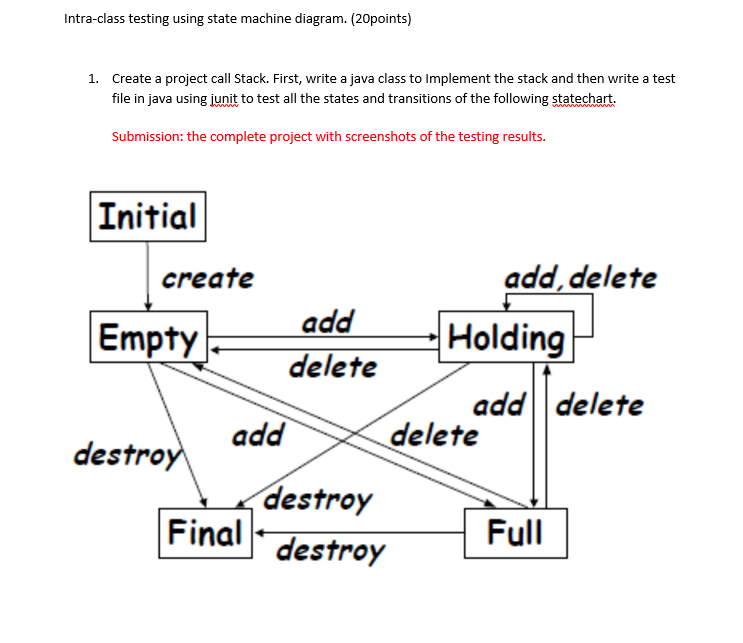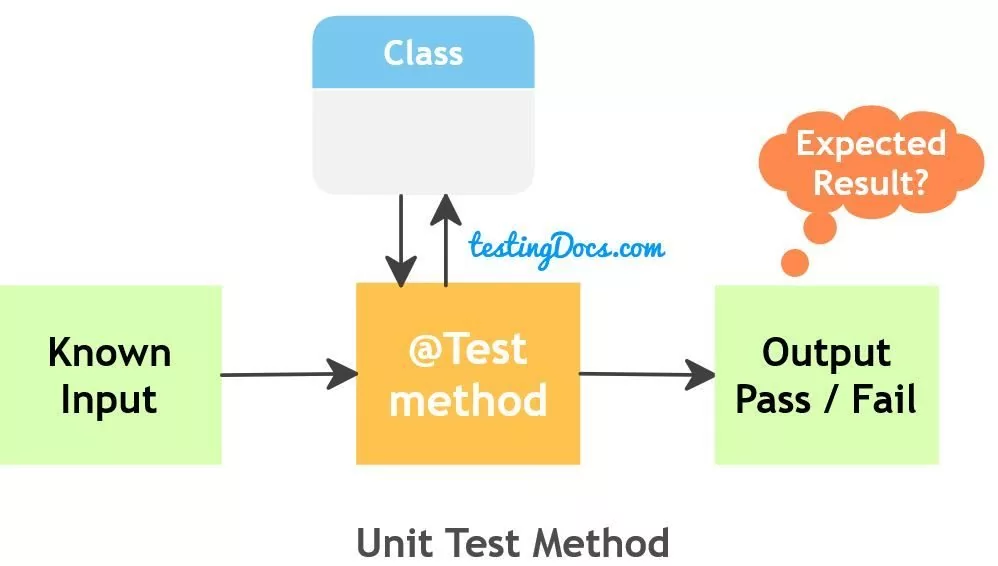

We have learned that, in practice, the isolation property of unit tests may not be sufficient for some functions. Now that we have explored unit testing in detail, we can learn how integration testing differs. This requirement contradicts some Agile principles. The specification needs to be exact, and the test writers need to know at least part of the implementation from a conceptual point of view. While the enforcement of such a contract can be appealing, there are notable downsides. The goal is to have the specification of a single unit roll out before its realization. In the test-driven dev process, DevOps professionals and developers write tests before the actual implementation. Unit testing is also the heart of an advanced software development process called test-driven development.

Other dependencies can be swapped out to allow for testing in isolation. In practice, some dependencies may exist. Ideally, this includes no dependencies on the underlying operating system, such as file system access or network capabilities. Since these tests should be side-effect-free, you will want to run them directly without any other system’s involvement. Otherwise, you need to apply code changes to make these restricted helpers accessible for unit testing.Ī key factor that makes unit testing a good choice is its execution speed. Special compiler instructions or flags will sometimes help get around these restrictions. For instance, in programming languages with access modifiers such as private or public, you cannot test the private functions. Other factors can limit unit testing’s capabilities. That is when testing starts to become more challenging. Realistically, DevOps cannot always reach this level of isolation. Ideally, the tested component is free of side effects so it is as easy to isolate and test as possible. Unit tests focus on a single part of a whole application in total isolation, usually, a single class or function. Before you can do that, though, you need to understand the basics of both types of testing. So while developers may debate the relative importance of unit tests and integration tests, it is in your team’s best interest to find the ideal place to use both in your continuous integration pipelines. Different test categories are not exclusive but rather complementary. While this forms a nice diagram, in reality there is no crisp boundary between unit tests, integration tests, and many other types of tests. In most cases, unit testing and integration testing make up the pyramid’s two base layers, emphasizing their importance in a comprehensive testing strategy:


Most of these methods have found their way into one variation of the testing pyramid or another. In this article, you will learn about two fundamental types of software testing, unit testing and integration testing, and how your team can implement them in your CI/CD pipelines to validate your code quickly and deliver new features to your users with confidence.ĭevOps teams and developers have introduced several approaches to software testing over the years. So, careful testing is an essential requirement before publishing any code. One misplaced character can break an entire application. Software is one of the most complex tools invented for practical use.


 0 kommentar(er)
0 kommentar(er)
